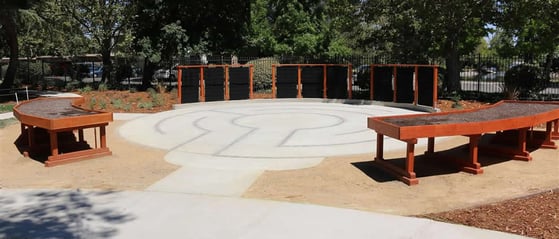
Gardens have popped up in some unconventional places – from prison yards to retirement and veteran homes, to programs for troubled youth.
Why? Two main reasons. They can be a source of fresh and local food and an extension of therapy - whether it’s physical, mental or emotional.
Horticultural Therapy Through Gardening
It's called horticultural therapy. Doctors and occupational therapists have found building, planting and harvesting a garden can be a therapeutic process in its own right. Gardening can reduce stress and calm the nerves. It decreases cortisol, a hormone that plays a role in stress response.
A 2011 study at a juvenile rehabilitation center in southwestern Ohio with a gardening program showed that horticulture therapy helped teens gain self confidence and better manage their emotions. Most of the kids even said they would continue gardening after the program, according to the Journal of Therapeutic Horticulture.
Building garden beds, planting seeds, caring for seedlings or just spending time in nature can be beneficial in many ways. A 2009 study published in the Journal of Epidemiology and Community Health found people who lived within 1 kilometer of a park or a wooded area experienced less anxiety and depression than those who lived farther away from green space. This is why many community leaders purposely plan green space within communities.
Scientists also found when people spend time in natural surroundings — whether a garden, park and other place with plants and trees — they experience increased immune function. One reason for this is phytoncides, the airborne chemicals that plants emit to protect themselves from rotting and from insects, and which also seems to benefit humans.
Studies have also shown that spending time in nature just simply makes us happy. There’s no better reason than that to go enjoy the outdoors.

